Muscle Spasms
Pulled Muscle / Back Spasm
To be honest, I am not entirely comfortable with the terminology surrounding back sprain or strain injuries. It is undoubtedly possible that an over-reaching athlete or someone involved in a trauma could potentially damage muscle and ligament tissue in the back which would then result in some low-grade stiffening of the muscles in the area, however stronger more acute spasms is more likely to be a sign of something more serious happening beneath the surface.
The aim of muscle clenching is to give the damaged soft-tissue structures time to heal by effectively splinting the area and taking it temporarily out of action.

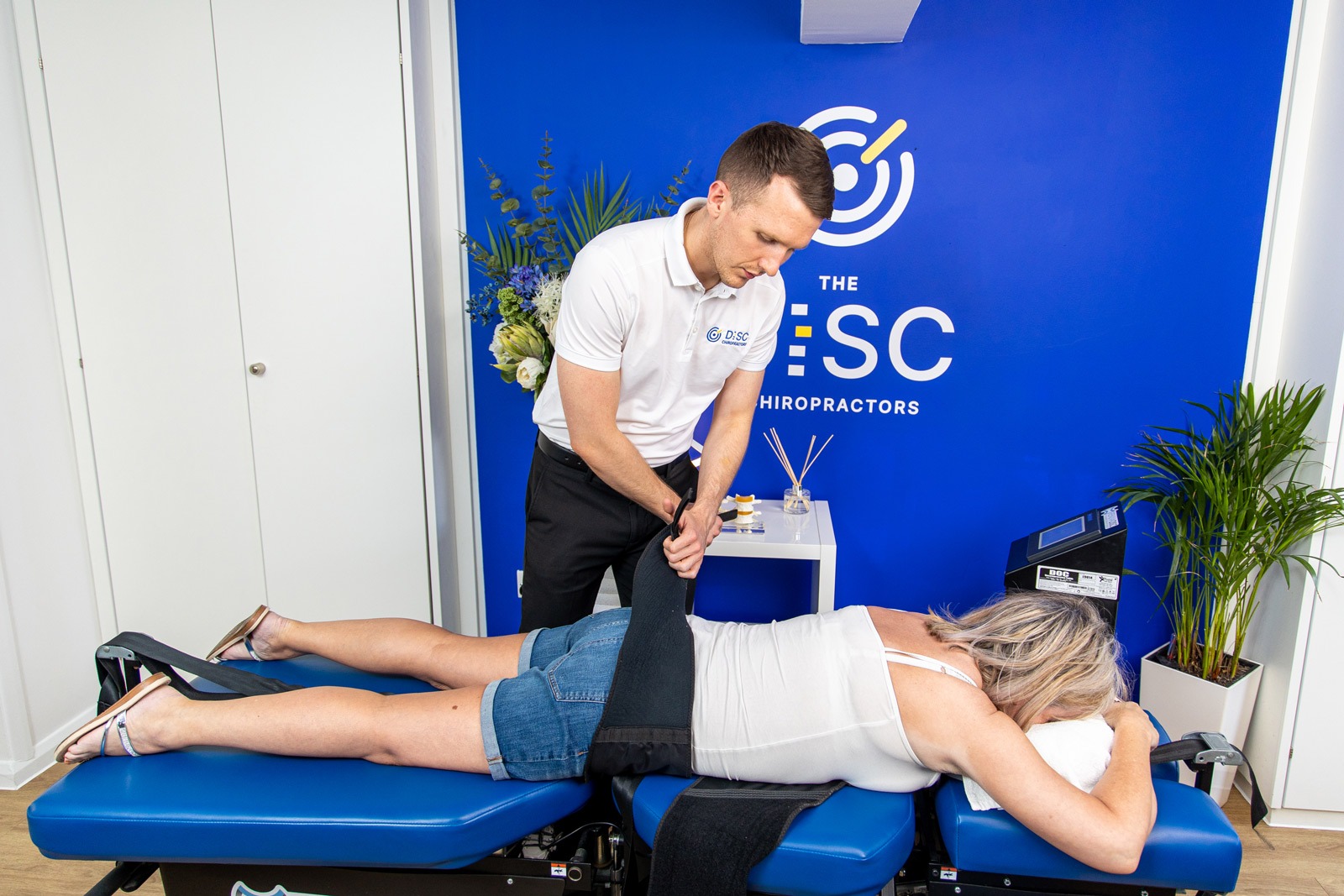
Usually, this automatic mechanism works well; in a few days the stiffness and soreness will pass, and you are able to get back to your usual activities.
However, often with the fear of damage high in a patient’s mind, back muscles can develop a mind of their own. This usually happens because someone is too wary; or too protective of their back; because you are frightened of it, you can become over-cautious, which allows the protective muscle hold to keep on keeping on, well beyond its usefulness date and create a chronic back complaint.
If a muscle spasm has not got that traumatic, overreaching onset, or if its severity and length seem to be excessive then there is every chance that the muscle guarding is designed to protect something more sinister.
The spine has a sophisticated protective feedback mechanism, in which a reduction of nerve signal will result in an increase in muscle guarding. So, whilst the body may get away with a few minor warning sign spasms, if the nerve is under pressure, like in the case of a slipped disc, then the nature of the muscle spasm that occurs is a different beast altogether.
These muscle spasms are likely to be highly debilitating making almost all movement painful; quite often they create an antalgic or leaning posture in which a person cannot stand up straight without severe aggravation.
In these cases, a thorough examination by a manual therapist, (such as the chiropractors at DISC) is essential. It is notable that even the NICE guidelines for the NHS, do not recommend that a patient is given strong painkillers before they have attempted physical therapy.
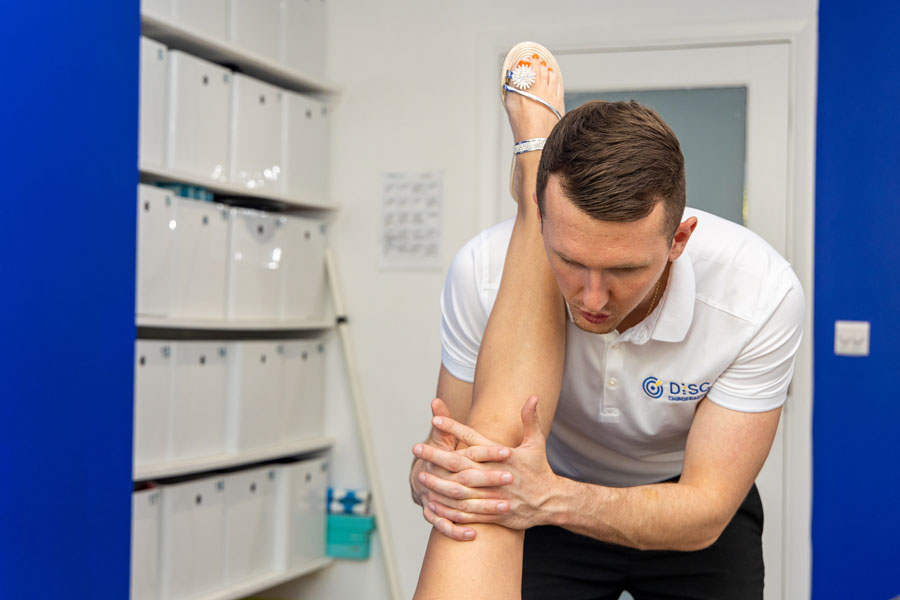
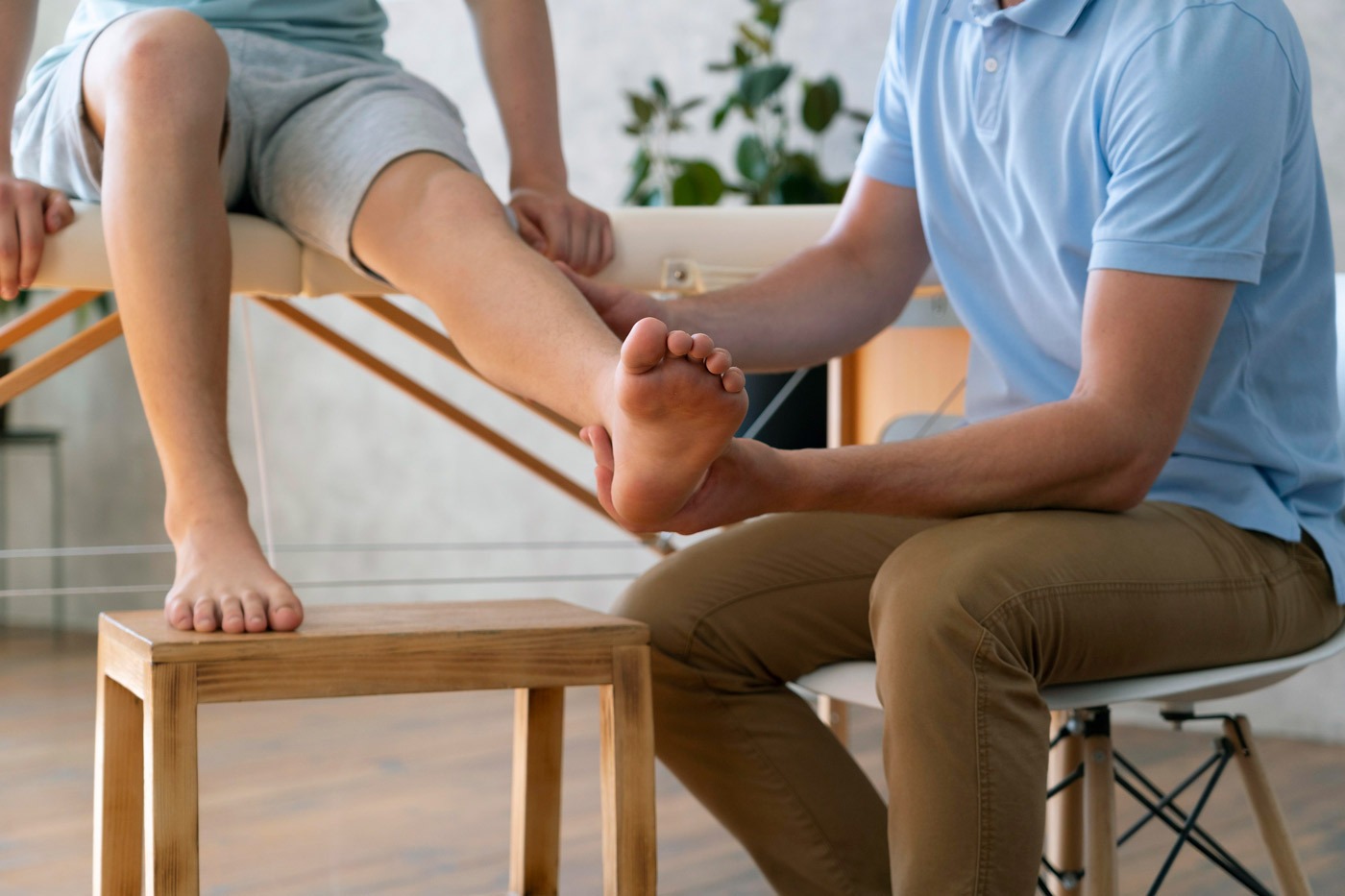
Spinal Decompression Therapy is one of the powerhouse treatments available at The DISC Chiropractors, its traction technology provides a unique ability to heal disc injuries and to un-trap the nerves that are often at fault for issues further down the chain for example in the arms and legs.
DISC Treatment Protocol
The first step in treating any condition is to find the underlying cause, often the pain experienced by a patient is the last “domino” to fall in a cascade of reactions. A thorough examination at our DISC Clinic in Surbiton will help not only identify exactly what is generating the pain but aim to understand its root cause.
Once a diagnosis is determined, treatment options to address the issue can be explored. Pain relief, corrective measures, and preventative strategies can be implemented to ensure the problem does not return in the future.
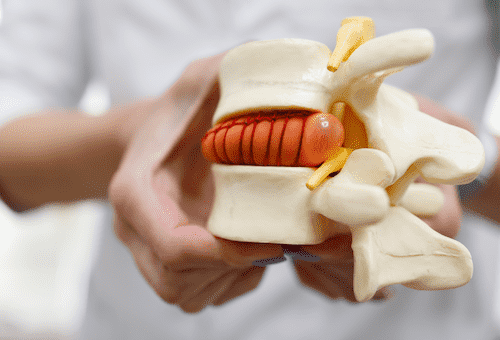
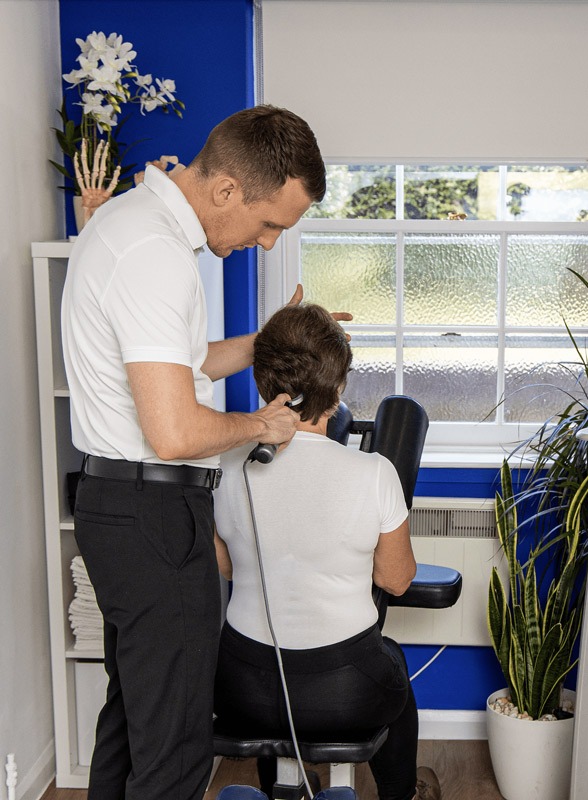
The first steps towards gaining pain relief often come by mobilising the soft tissues and joints in the area; this is achieved by using a combination of manual mobilising chiropractic techniques with our unique blend of Instrument Assisted Adjusting tools which can be used to gently initiate movement and blood flow (healing) in stubborn or inflamed tissue when stronger techniques may be contraindicated.
When conditions struggle to heal, Laser Therapy is an extremely safe and effective method of advancing rates of recovery. It’s warm photon light energy stimulates mitochondrial activity to enhance recovery in each and every cell of the body. Laser Therapy is especially useful in cases of inflammation, such as arthritic and repetitive strain conditions.
A major part of how our treatment protocols work is to ensure whilst the pain is coming under control, we are filling the patient with the knowledge of how to keep and maintain their results using corrective measures and rehabilitation tools to enhance their outcomes
To find out about some of the other conditions we treat click link
Contact Us
If you would like to find out what we could do to help your Muscle Spasms, please click the icon below to book a thorough consultation to evaluate your case.
